Psychiatric Medications in Children and Adolescents: Key Considerations
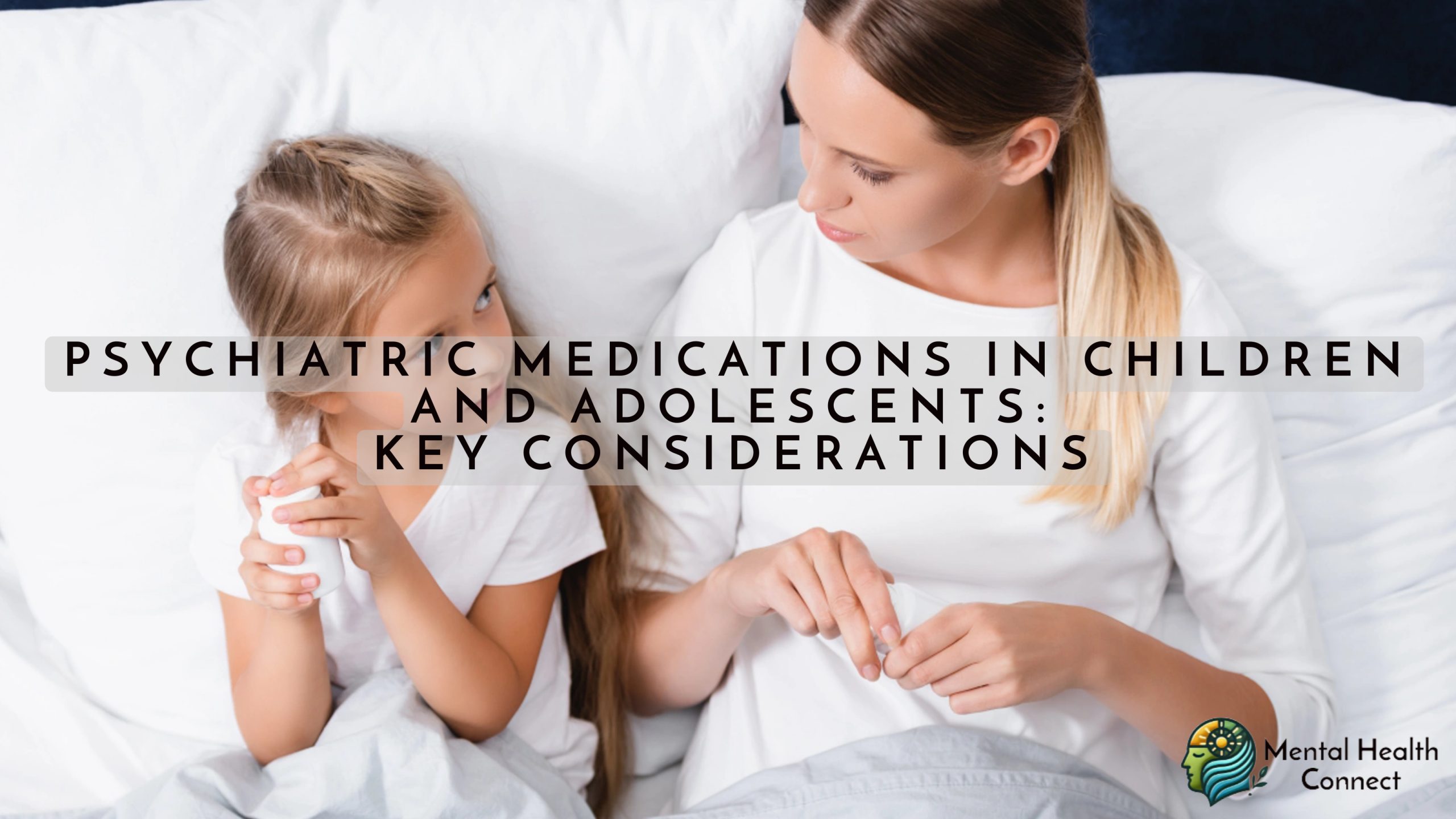
Introduction
When a child or adolescent struggles with mental health challenges, parents face difficult decisions about treatment options. Medication often represents one of the most challenging decisions families must make. While psychiatric medications can provide significant relief and improve functioning for many young people, the decision to use them requires careful consideration of benefits, risks, and alternatives.
This guide explores the nuanced approach to psychiatric medications in children and adolescents, including when they may be necessary, how they interact with other interventions, and important considerations for parents, caregivers, and healthcare providers.
The Current Landscape
Mental health concerns among children and adolescents have reached concerning levels. According to recent data:
- Approximately 1 in 6 U.S. children aged 2-8 years has a diagnosed mental, behavioral, or developmental disorder
- About 1 in 5 adolescents experiences a mental health disorder in any given year
- ADHD, anxiety, depression, and behavioral problems are among the most commonly diagnosed conditions
- Youth mental health concerns have escalated significantly in recent years, particularly following the COVID-19 pandemic
Despite these statistics, only about half of children with mental health conditions receive treatment. When treatment is provided, a comprehensive approach that may include both therapeutic interventions and, in some cases, medication offers the best outcomes.
When Medication May Be Necessary
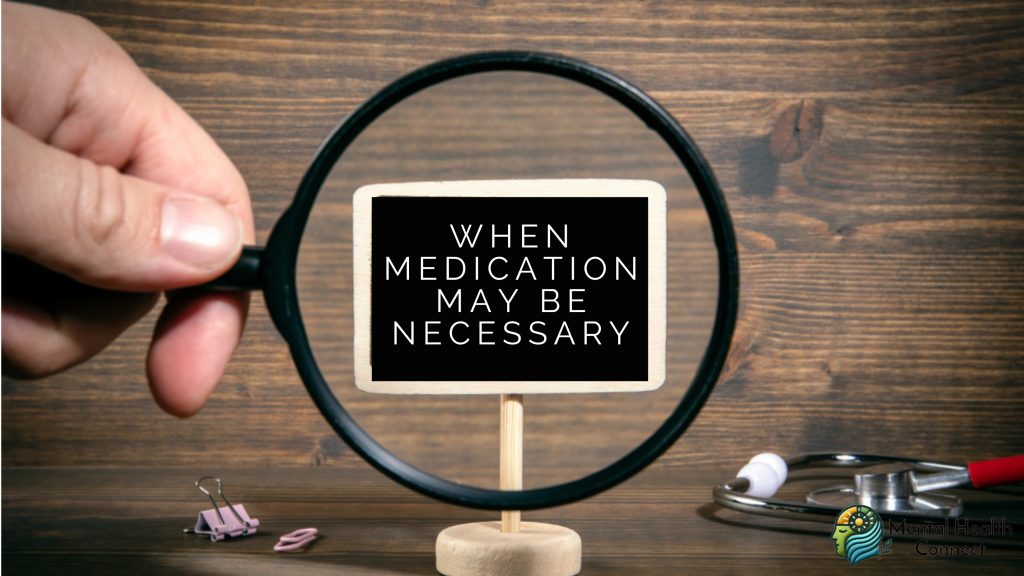
Severity-Based Decision Making
The decision to use psychiatric medication in young people typically depends on symptom severity and functional impairment. Generally, medication should be considered when:
- Symptoms significantly interfere with daily functioning (school performance, family relationships, peer interactions)
- The child experiences substantial distress
- Safety concerns exist (suicidal thoughts, severe aggression, dangerous impulsivity)
- Evidence-based psychotherapies alone haven’t provided sufficient relief
- The condition has a strong biological component with well-established medication response (such as moderate to severe ADHD)
Common Conditions Where Medication May Be Indicated
Attention-Deficit/Hyperactivity Disorder (ADHD)
For moderate to severe ADHD, medication is often recommended as a first-line treatment, particularly when symptoms significantly impact academic performance or social functioning. Research consistently shows that stimulant medications can dramatically improve focus, reduce impulsivity, and enhance learning ability in children with ADHD.
Depression
For mild depression, psychotherapy is typically the first approach. However, for moderate to severe depression especially when accompanied by significant functional impairment, suicidal thinking, or lack of response to therapy medication (typically SSRIs) may be recommended, almost always in conjunction with psychotherapy.
Anxiety Disorders
While cognitive-behavioral therapy (CBT) is the first-line treatment for most childhood anxiety disorders, medication may be added when:
- Anxiety is severe enough to prevent participation in therapy
- CBT alone hasn’t provided sufficient improvement
- Symptoms significantly impair daily functioning
Bipolar Disorder
When a clear diagnosis of bipolar disorder is established (which can be challenging in youth), medication is generally necessary, as therapy alone is typically insufficient for managing this condition’s neurobiological aspects.
Psychotic Disorders
Early-onset schizophrenia and other psychotic disorders almost always require medication intervention alongside supportive therapies and family education.
Autism Spectrum Disorder (ASD)
While medications don’t treat the core symptoms of autism, they may help manage specific symptoms like aggression, severe irritability, self-injury, or co-occurring conditions like ADHD or anxiety.
Common Psychiatric Medications Used in Youth

Stimulants
Examples: methylphenidate (Ritalin, Concerta), amphetamine salts (Adderall), lisdexamfetamine (Vyvanse)
Used for: ADHD
Considerations:
- Most studied psychiatric medications in children
- Effective in 70-80% of children with ADHD
- Common side effects include decreased appetite, sleep difficulties, and potential growth impacts
- Regular monitoring of height, weight, heart rate, and blood pressure recommended
Non-Stimulant ADHD Medications
Examples: atomoxetine (Strattera), guanfacine (Intuniv), clonidine (Kapvay)
Used for: ADHD, sometimes tic disorders
Considerations:
- Alternative for those who can’t tolerate stimulants
- Typically less effective than stimulants for core ADHD symptoms
- Often take longer to see benefits
- Different side effect profiles than stimulants
Selective Serotonin Reuptake Inhibitors (SSRIs)
Examples: fluoxetine (Prozac), sertraline (Zoloft), escitalopram (Lexapro)
Used for: Depression, anxiety disorders, OCD
Considerations:
- Limited FDA approvals for youth compared to adults
- Carry a black box warning regarding potential increased suicidal thinking in youth
- Require close monitoring, especially in first month
- Typically take 4-6 weeks for full effect
Antipsychotics
Examples: risperidone (Risperdal), aripiprazole (Abilify), quetiapine (Seroquel)
Used for: Bipolar disorder, schizophrenia, severe aggression in autism, severe behavior problems (sometimes)
Considerations:
- More significant side effect profiles, including weight gain, metabolic changes
- Require regular monitoring of weight, blood glucose, lipids
- Growing concern about overuse for behavioral control
- Should be used cautiously and with clear target symptoms
Mood Stabilizers
Examples: lithium, valproate (Depakote), lamotrigine (Lamictal)
Used for: Bipolar disorder, sometimes severe aggression or mood dysregulation
Considerations:
- Lithium requires regular blood tests to monitor levels and check kidney/thyroid function
- Some anticonvulsants used as mood stabilizers require blood monitoring
- Pregnancy risks (particularly with valproate)
- Limited FDA approvals for pediatric psychiatric conditions
Balancing Therapy and Medication
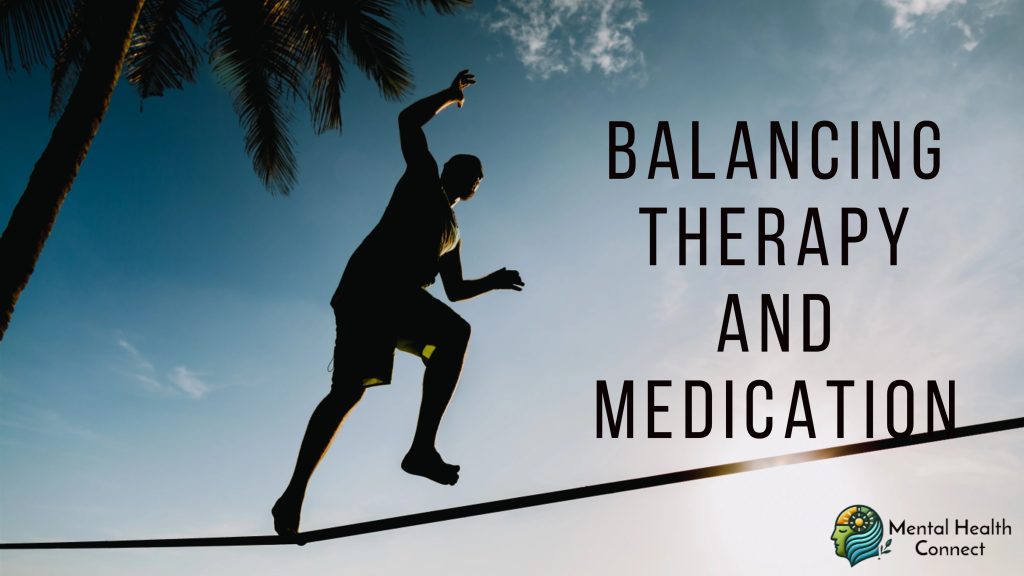
The Complementary Approach
Research consistently shows that combining appropriate psychological interventions with medication, when indicated, produces better outcomes than either approach alone for most conditions. This complementary approach:
- Addresses both neurobiological and psychological/environmental factors
- Teaches coping skills that medication alone cannot provide
- May allow for lower medication doses
- Provides strategies that can prevent relapse when medication is eventually discontinued
- Engages the child and family as active participants in recovery
Evidence-Based Psychological Interventions
Cognitive-Behavioral Therapy (CBT)
Helps children identify and change thought patterns that contribute to emotional and behavioral problems. Particularly effective for anxiety disorders, depression, and OCD.
Parent Management Training
Teaches parents strategies to reinforce positive behaviors and respond effectively to challenging behaviors. Particularly useful for ADHD, oppositional defiant disorder, and conduct problems.
Family Therapy
Addresses family dynamics, communication patterns, and relationship issues that may contribute to or result from a child’s symptoms.
Play Therapy
For younger children, allows expression and processing of emotions through their natural language of play.
Dialectical Behavior Therapy (DBT)
Particularly helpful for adolescents with emotional dysregulation, self-harm behaviors, or suicidal thinking.
Stepped-Care Approach
Many experts recommend a stepped-care approach:
- Begin with less intensive interventions (therapy, school accommodations, parent training) for mild to moderate symptoms
- Add medication if necessary based on response, symptom severity, and functional impairment
- Adjust treatment intensity based on ongoing assessment of response
- Consider medication reduction or discontinuation when symptoms have been well-controlled for a significant period
Special Considerations for Children and Adolescents
Developmental Context
Children’s brains are actively developing, which may affect both how medications work and their potential long-term impacts. Consider:
- Medication effects may differ from those seen in adults
- Dosing typically starts lower and increases more gradually than in adults
- Long-term effects on developing brains remain an area of ongoing research
- Benefits must clearly outweigh potential risks
Monitoring and Reassessment
Regular monitoring is essential and should include:
- Systematic tracking of target symptoms and side effects
- Regular height and weight measurements
- Vital signs monitoring for certain medications
- Laboratory tests when indicated
- Academic and social functioning assessment
- Periodic consideration of whether medication remains necessary
Communication Challenges
Young children may struggle to:
- Recognize and report side effects
- Describe subjective changes in mood or thinking
- Understand the purpose of medication
This makes careful observation by parents, teachers, and providers especially important.
Adherence Considerations
Adolescents in particular may struggle with medication adherence due to:
- Concerns about stigma
- Desire for autonomy
- Discomfort with being different from peers
- Side effects affecting appearance or functioning
- Being in developmental stages where risk-taking increases
Family Decision-Making
The decision to use psychiatric medication should involve:
- Age-appropriate inclusion of the child/adolescent in discussions
- Clear information about potential benefits and risks
- Addressing parental concerns and questions
- Cultural considerations affecting medication perspectives
- Agreement on how to monitor and assess effectiveness
Non-Medication Interventions and Supports

School-Based Supports
Many children benefit from:
- Educational accommodations (504 plans or IEPs)
- School counseling services
- Classroom behavior management strategies
- Social skills groups
- Executive functioning support
Lifestyle Factors
Evidence supports the mental health benefits of:
- Regular physical activity
- Adequate sleep hygiene
- Balanced nutrition
- Limited screen time
- Time in nature
- Stress reduction activities
Building Resilience
Mental health is supported by:
- Strong family relationships
- Consistent routines
- Clear behavioral expectations
- Recognition of strengths and positive qualities
- Opportunities for success and mastery
- Community connection and support
Making Informed Decisions: Questions to Consider

When contemplating psychiatric medication for a child or adolescent, consider:
- Has a thorough assessment been conducted? Proper diagnosis is essential for appropriate treatment.
- What specific symptoms are we targeting? Medication should address specific, measurable symptoms.
- Have non-medication interventions been tried? Consider what therapy approaches have been attempted and their effectiveness.
- What does the evidence show for this specific medication for this condition in this age group? Some medications have strong research support; others are used off-label with less evidence.
- What monitoring will be needed? Understand what follow-up and testing will be required.
- What are the most common and most serious potential side effects? Weigh these against the potential benefits.
- How will we know if the medication is working? Establish clear, measurable goals and a timeline for reassessment.
- What is the exit strategy? Discuss how and when medication might be reduced or discontinued.
Red Flags and Warning Signs
Be cautious if:
- Multiple psychiatric medications are recommended simultaneously before single medications have been adequately tried
- Medication is proposed without any recommendation for therapy or behavioral interventions
- The prescriber seems rushed or unwilling to answer questions
- Medication changes are frequent without adequate trials at appropriate doses
- Side effects are dismissed without proper consideration
- The child’s input is not sought or valued (for older children/adolescents)
- There’s pressure to decide quickly without time for consideration
A Balanced, Individualized Approach
When it comes to psychiatric medications for children and adolescents, there is no one-size-fits-all approach. The decision requires careful consideration of the child’s specific symptoms, strengths, developmental stage, and overall needs.
While concerns about medication use in young people are valid and require serious attention, it’s equally important to recognize that untreated mental health conditions carry their own significant risks, including academic failure, social difficulties, family conflict, substance use, and in some cases, self-harm or suicide.
The most effective approach typically combines appropriate use of medication (when indicated) with evidence-based psychological interventions, family support, educational accommodations, and attention to lifestyle factors that promote mental health. This comprehensive strategy addresses not just symptoms but the whole child within their family and community context.
By approaching these decisions thoughtfully, with good information and in partnership with qualified healthcare providers, families can make choices that support their child’s mental health while minimizing risks and maximizing the opportunity for healthy development.
Disclaimer: This article provides general information about psychiatric medications in children and adolescents and is not a substitute for professional medical advice. All decisions about psychiatric medication should be made in consultation with qualified healthcare providers who can assess your child’s specific situation.
-
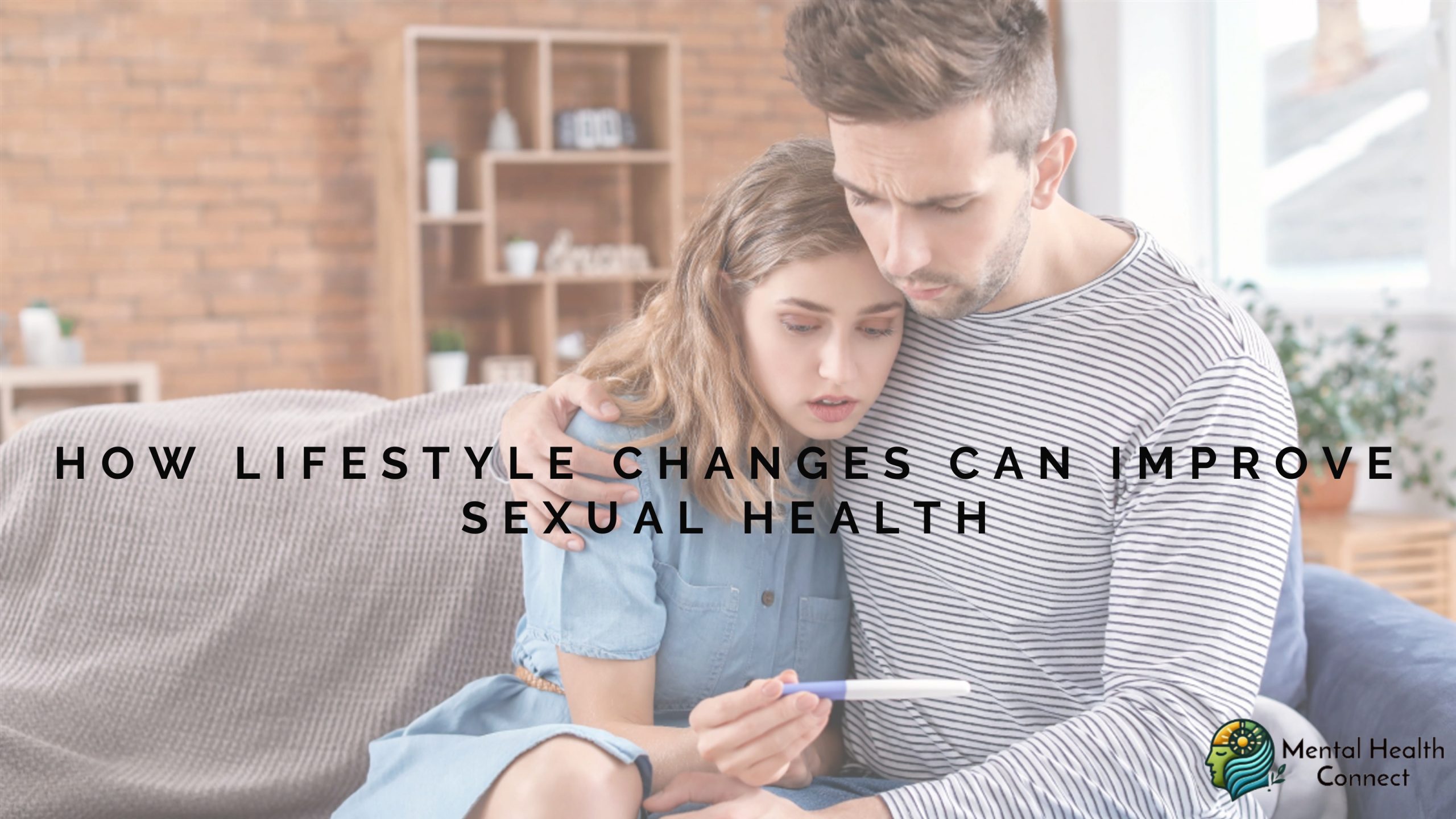 How Lifestyle Changes Can Improve Sexual HealthApril 3, 2025
How Lifestyle Changes Can Improve Sexual HealthApril 3, 2025 -
 Treatment Options for Erectile DysfunctionApril 3, 2025
Treatment Options for Erectile DysfunctionApril 3, 2025
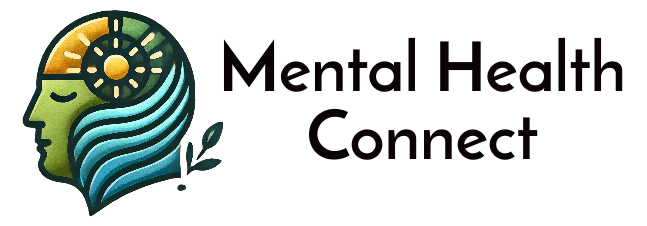
Leave a Reply